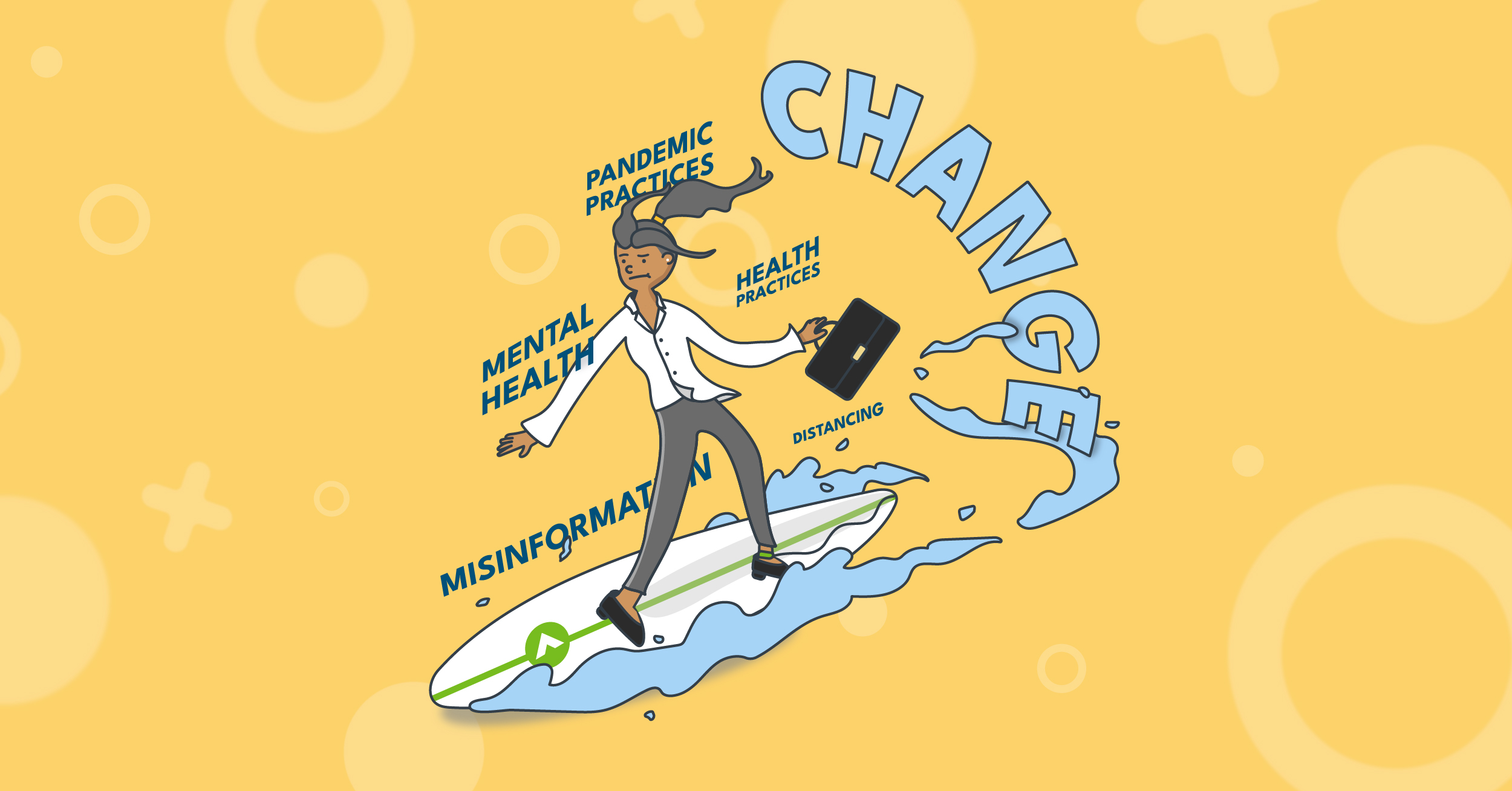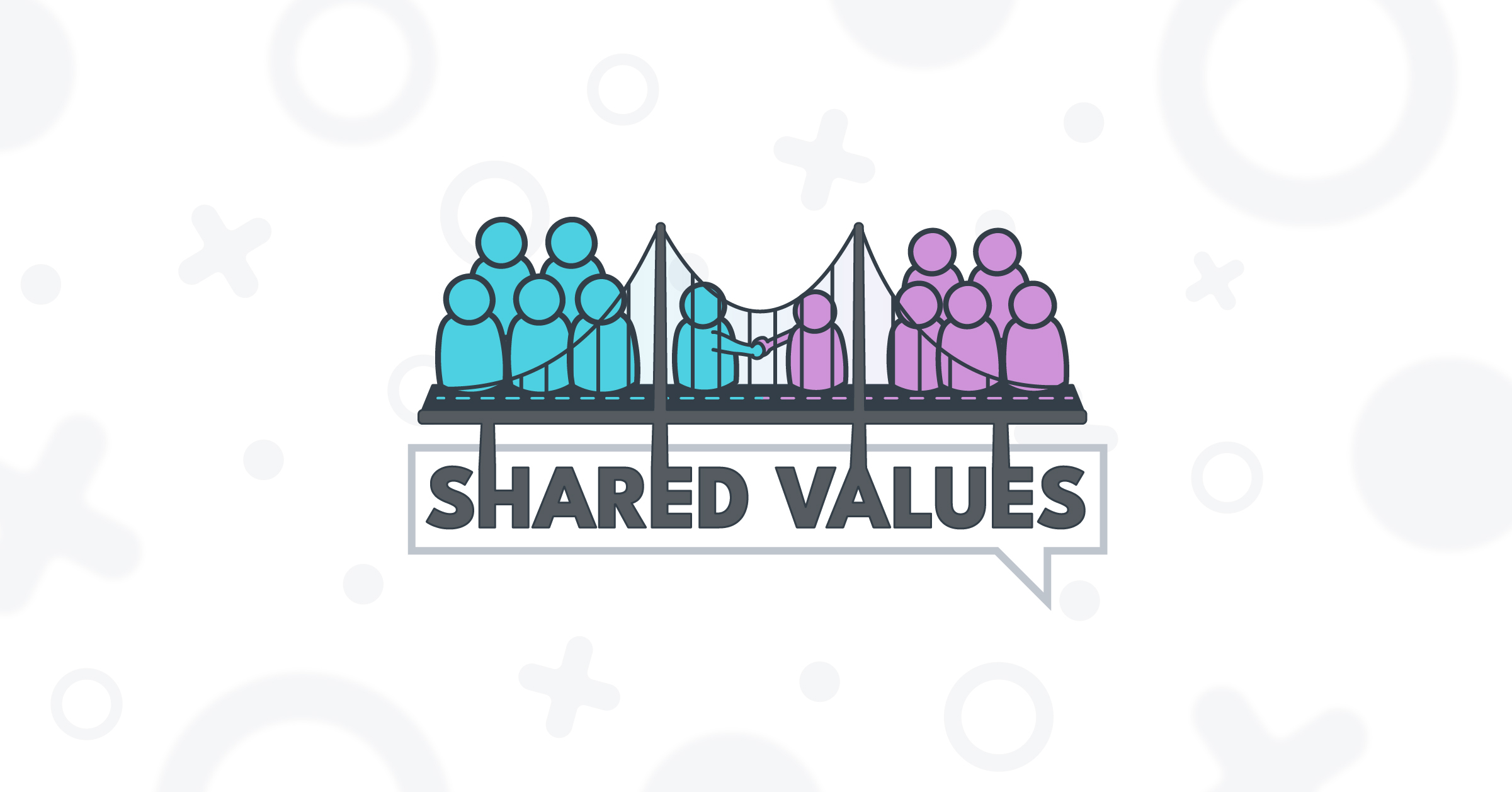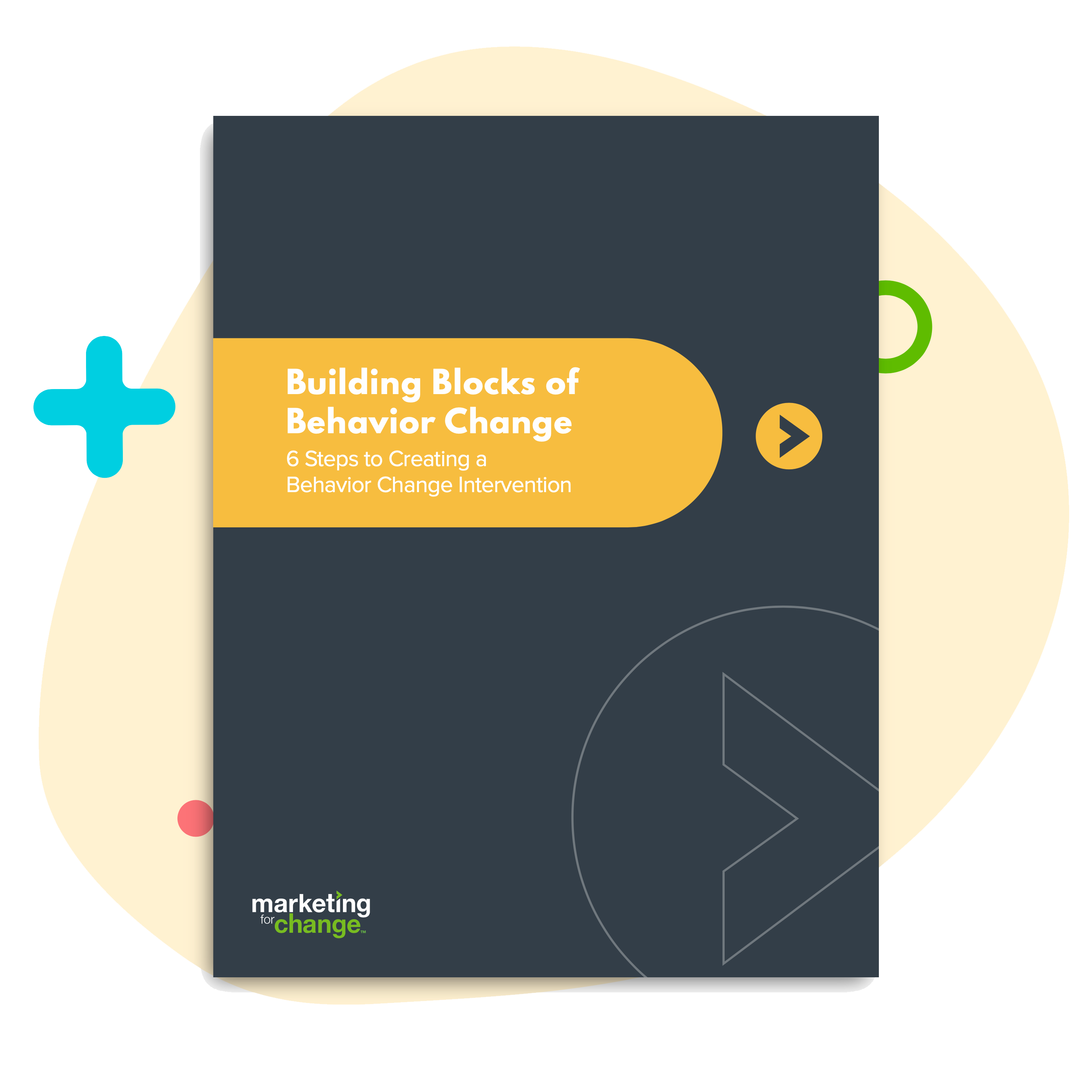
Why You Hate Being Told What to Do — Even When You’re Talking to Yourself
If you have anything to do with behavioral science, by now you’ve heard of time confetti — the constant digital interruptions that sap our work productivity and steal our leisure time.
If you have anything to do with behavioral science or business, you’ve probably also heard of time boxing or its newer cousin, proactive time.
And if what you’ve read has convinced you to try time boxing, you may have discovered, like I have, that blocking off big chunks of your calendar for those more important tasks gives you blessed relief from meetings and phone calls so you can get busy doing everything except the work you committed to do.
Time boxing, meet psychological reactance — what I have dubbed the Screw You Don’t Tell Me What To Do Effect. It’s the reason so many well-meaning behavioral interventions fail — including those we try on ourselves.
Why our best intentions undermine our best intentions
The idea that we humans can be our own worst enemy when it comes to goal fulfillment is nothing new. You just have to look back at your own long list of failed New Year’s resolutions to know that commitment to change is one thing but sticking to it is another.
While I could write a year’s worth of blog posts on productivity tips and commitment devices, what I’m interested in right now is why we sabotage ourselves even when all we’re trying to do is to get ourselves to sit down and write a fricking blog post, something that we allegedly like to do (or at least like to have done).
Here are two things that behavioral science teaches us about how we set ourselves up for failure — and two ideas for how to hack your own thinking, and the thinking of your target audiences, to get back on track.
2 reasons our best intentions fall short
- People don’t like being told what to do — even by our own selves. I have yet to meet a person who likes to be told that what they are doing is wrong, and that they really should be doing things differently. What’s funny is we don’t like to be lectured to even when the lecturer is inside our own head. Behavioral scientist Nir Eyal recently wrote about this inner struggle in his blog, noting that problems with time boxing occur when your calendar entry produces psychological reactance. Basically, you look at the calendar entry where you marked, say, Write a Blog Post, and your inner teenager rears their hormone-addled head and shouts, Don’t tell me what to do! Even though the person doing the telling is actually your own grownup self. Your behavior change interventions are likely to spark a similar reaction on a wider scale if you are preachy and prescriptive. Try telling a tired-to-the-point-of-psychosis new mom that bringing her crying baby to bed puts her infant at risk of death, and you will be lucky to get out of the room with your own life intact. Give the mom tips for how to comfort her baby without bed-sharing, and she’s likely to be more willing to listen and to remember that she doesn’t sleep that well with baby beside her because she can never fully relax. People tend to respond better to empathy than to judgment. Even when you yourself are the judged and the judge.
- Willpower is limited. Do you have an iron will? Congratulations. You are 1 in 7.9 billion people. For every other human in this world, willpower is a finite resource. In his book Behave, the brilliant neurobiologist Robert Sapolsky discusses how willpower is controlled by the frontal cortex of your brain, an area of high-maintenance neurons that require a lot of operating energy. If you stress your frontal cortex with an increase in cognitive load — for example, if you are doing something that requires you to manage difficult emotions or quickly make a series of complex decisions — in the immediate aftermath, when your frontal cortex is still trying to recover, research shows you are more likely to cheat on your diet and less likely to do something altruistic like contribute to a charity. The good-ish news is you can grow your willpower, through a process called automaticity. If you do a behavior enough times, your brain transfers that activity from the laborious frontal cortex to the parts of the brain that do other things automatically, like holding your bladder (once you’ve been potty trained) or playing a sport or a musical instrument (once you’ve had enough lessons). This points to why habit creation is such an important part of behavior change. But equally important is what happens when we frame something as temptation. Take dieting, for example. As Sapolsky details in his book, when we’re hungry and see food, our brains release dopamine — a hormonal signal that says, Yes, go get that! But what’s interesting is what brain scans reveal after we’ve eaten. Show a non-dieter a picture of food right after a meal, and their brain says, No thanks, I’m already full. Show a dieter the same picture in the same circumstances, and their dopamine fires right back up, meaning they have to drag in their frontal cortex to do battle with their cravings.
So how do we eject our inner teenager from the driver’s seat of our brain?
Like everything in behavioral science, there is no single, simple solution. But the science does point us to a few things that can work.
Leverage your inner rebel. When it comes to time boxing, for example, Eyal suggests you switch the target of who you are reacting to. For example, in the case of time boxing, reactance can turn your calendar into the adversary you are rebelling against. Eyal, whose most recent book is entitled Indistractable, suggests making distraction itself the enemy.
Peter Mitchell, my agency’s founder and CEO, harnessed the power of rebellion on a broader scale with actual teenagers when he started the truth anti-tobacco campaign in Florida decades ago. Instead of preachy public health messages that backfired and made smoking an act of rebellion, truth shifted the adversary to the real enemy — the tobacco companies that were tricking kids into becoming their next generation of addicts. The campaign is still active today.
Change what you define as rewarding. One way we set ourselves up to fail is by what we define as a “should do” and what we define as a “want to do.” For years, I regularly exercised because I felt like it was a guilty pleasure, taking time I should have spent on family or work. I also got around the need to expend willpower by taking classes at the gym, because I knew that all I had to do was get myself there and then social pressure would ensure I stuck with it to the end. (The pandemic has thrown a wrench in this approach along with living in Florida, where the average temperature for at least half the year is Too Hot To Move).
This can also work on a broader scale. At Marketing for Change, we recently did a pilot wellness intervention with a multinational food manufacturer. In our formative research, many workers told us they knew they needed more physical activity but blamed themselves for being “lazy.” Mind you, these are people who perform shift work under often grueling conditions for 12 hours a day, six days a week. They came home from work exhausted, so it’s no wonder most of them couldn’t get themselves off the couch to hit the gym. “Exercise” sounds a lot like “sacrifice” and they had way more than enough of that in their lives already.
So rather than asking workers to gin up the willpower to make major lifestyle changes for the sake of their (on average very poor) long-term health, we focused instead on the immediate benefits of sneaking short, 10-minute bursts of movement into their already busy days. Research shows that, especially for sedentary people who most need to move, even 10 minutes of activity like taking the stairs or dancing to a YouTube video with your kids provides benefits like reduced stress, improved sleep and increased energy — benefits that the workers themselves identified as rewards that made activity worthwhile.
Movement thus was framed as an easy-to-do indulgence — something workers did for themselves to feel better right now — instead of an additional sacrifice that required them to draw on their depleted willpower.
The result? Workers dusted off unused treadmills, pulled their old bikes out of the garage, and started an inter-departmental dance off. A bunch also used the new brightly marked walking paths and the decorated spots at the far end of the employee parking lot to fit in some walking on the way to work. And a few even went back to the gym.
If you switch the enemy, you can harness reactance. If you redefine the reward, you can sidestep the need for willpower. Either way, you’ve hacked your own brain chemistry to get what you really want.

Sara Isaac is Chief Strategist at Marketing for Change.






